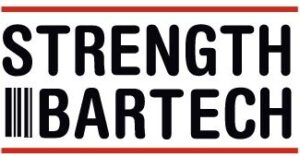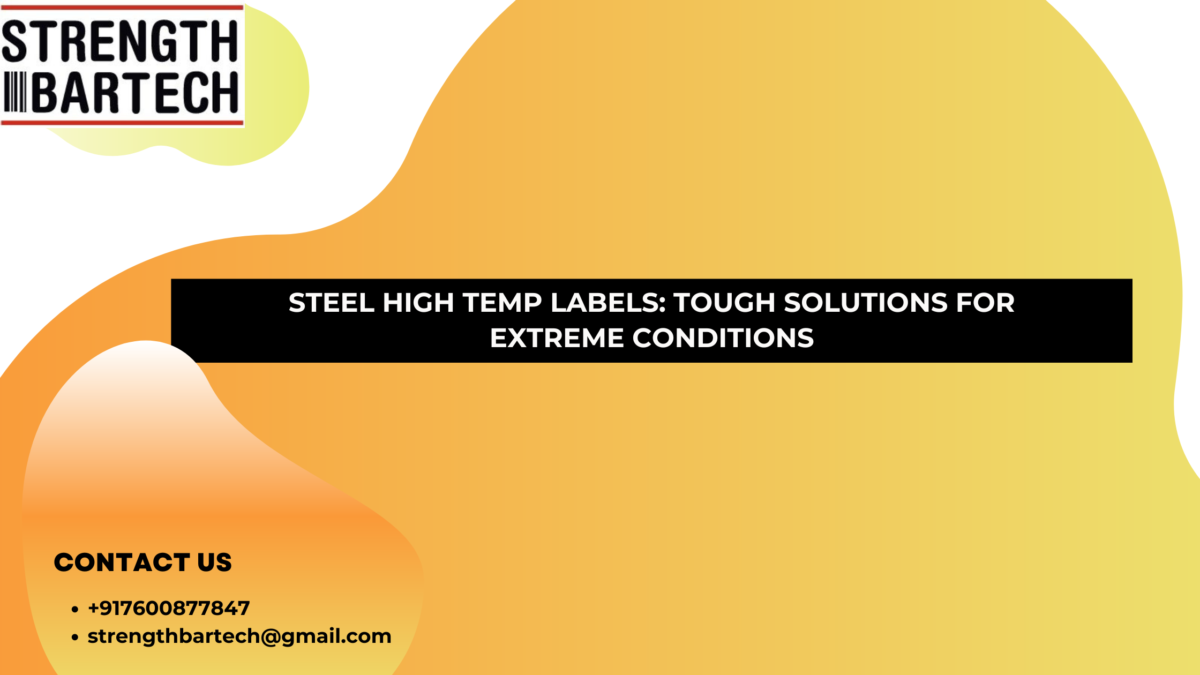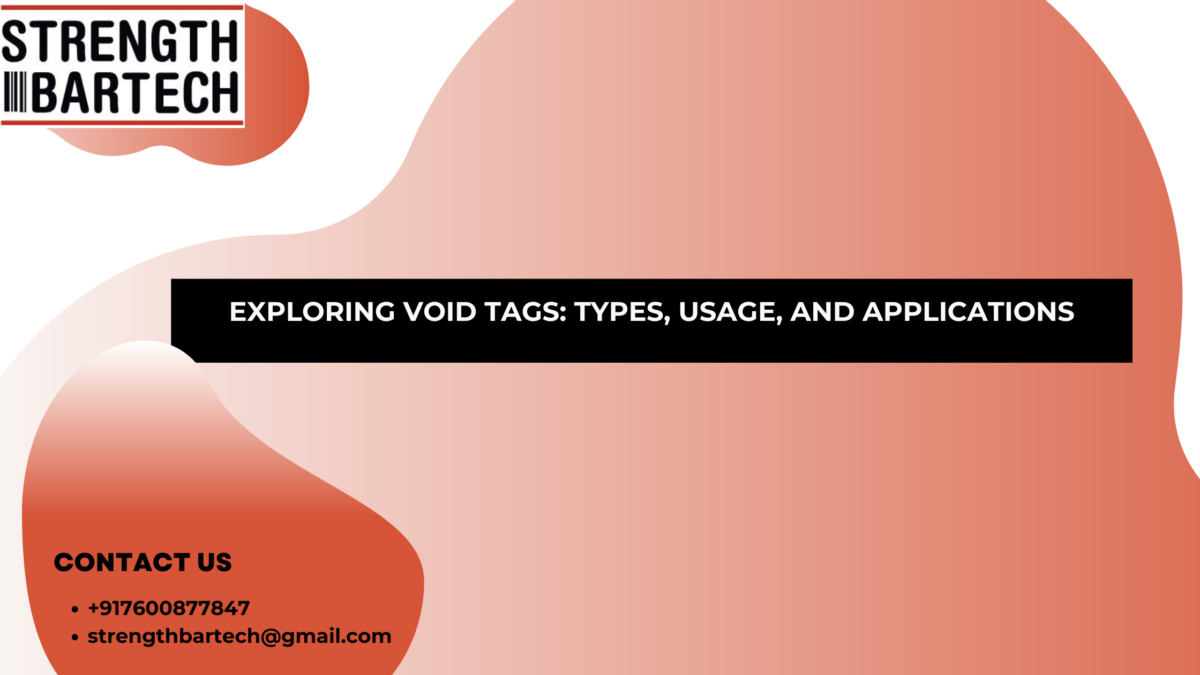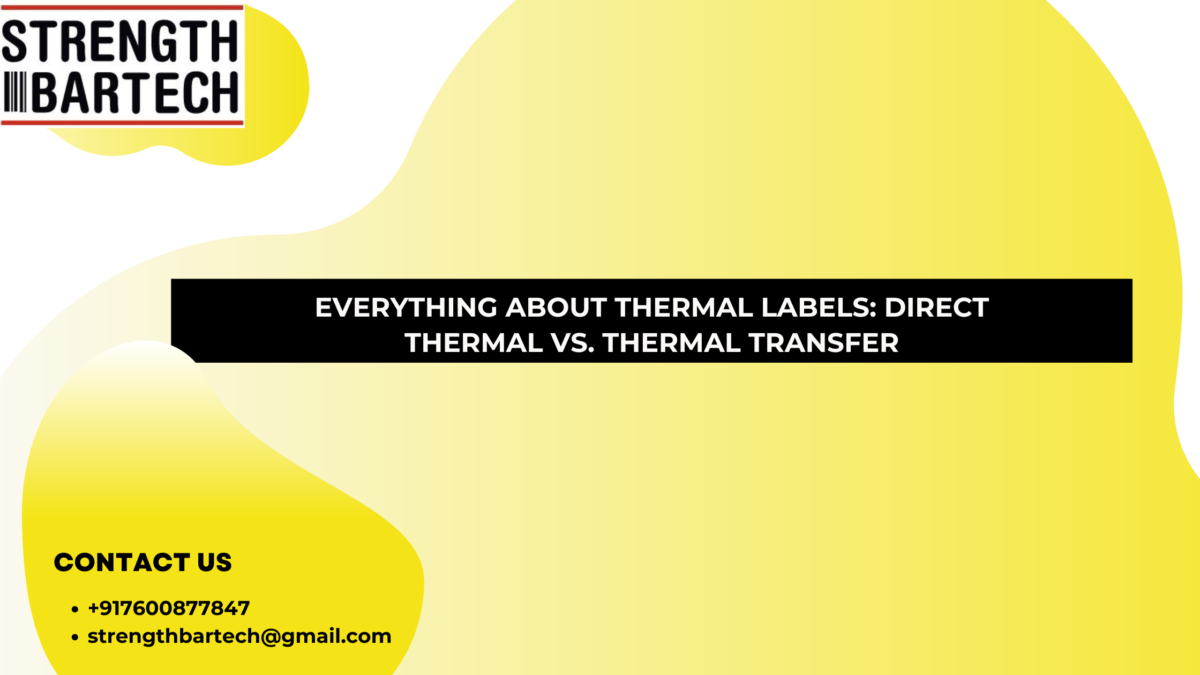Looking for durable heat-resistant and high-temperature labels? This post will guide you through the various options available to help labels withstand extreme heat and conditions.
Advantages of Labels for High-Temperature Environments
Self-adhesive labels offer numerous advantages, including aiding in stock tracing, enhancing production processes, and promoting health and safety practices.
However, harsh environments such as high temperatures, ovens, and furnaces pose challenges for standard label materials, limiting their effectiveness.
Fortunately, there is a variety of specialized heat-resistant labels and materials compatible with high temperatures available. Trrridev Labels can assist in identifying the most suitable option for your customized label application.
Polyester Labels for Electronic Devices
For applications requiring labels to withstand extremely high temperatures, polyimide labels, commonly referred to as Kapton labels, are an excellent choice. These labels are utilized in various fields ranging from spacecraft and satellites to calibration testing.
Capable of enduring temperatures of up to 300°C for 5 minutes and up to 240°C for 80 minutes, polyimide labels excel in high-temperature environments and diverse production processes.
Polyimide labels are crafted from a synthetic resin, offering resistance to chemicals and flammability. Additionally, they are compatible with thermal transfer, impact, and laser printing methods, ensuring seamless integration with existing production and inventory processes.
What high temperature labels are best?
The most suitable high-temperature label for your particular application will vary depending on your specific needs. Customized labeling solutions are essential for extreme temperature applications, and Trridev Labels is adept at providing them.
FAQs
1. What are steel high-temperature labels, and how are they different from standard labels?
– Steel high-temperature labels are specially designed labels capable of withstanding extreme heat conditions. Unlike standard labels, they are constructed from materials that can endure high temperatures without deteriorating or losing legibility.
2. What temperatures can steel high-temp labels withstand?
– Steel high-temp labels can withstand temperatures typically ranging from several hundred to over a thousand degrees Celsius, depending on the specific material and adhesive used in their construction.
3. Are steel high-temp labels suitable for outdoor applications?
– Yes, many steel high-temp labels are suitable for outdoor applications, as they are designed to withstand not only high temperatures but also exposure to weather elements such as sunlight, rain, and humidity.
4. How long do steel high-temp labels typically last in extreme heat conditions?
– Steel high-temp labels are engineered to maintain their integrity and legibility even in prolonged exposure to extreme heat conditions. Their lifespan can vary depending on factors such as the temperature range, duration of exposure, and environmental conditions.
5. Can steel high-temp labels be customized with specific information or designs?
– Yes, steel high-temp labels can often be customized with specific information, such as serial numbers, barcodes, company logos, or other designs, to meet the unique requirements of different applications.
6. What printing methods are compatible with steel high-temp labels?
– Steel high-temp labels are typically compatible with various printing methods, including thermal transfer, laser printing, and certain types of inkjet printing, depending on the material and adhesive used.
7. Are steel high-temp labels resistant to chemicals and abrasion?
– Yes, steel high-temp labels are often resistant to chemicals and abrasion, making them suitable for use in demanding industrial environments where exposure to harsh chemicals and physical wear is common.
8. Can steel high-temp labels be removed or repositioned easily?
– Steel high-temp labels are generally designed for permanent application and may not be easily removed or repositioned once applied. However, some specialized adhesive options may allow for easier removal or repositioning under certain conditions.
9. What industries commonly use steel high-temp labels?
– Industries such as aerospace, automotive, manufacturing, and oil and gas commonly use steel high-temp labels for various applications, including equipment identification, asset tracking, and safety labeling.
10. Are steel high-temp labels cost-effective compared to other labeling options for high-temperature environments?
– While steel high-temp labels may have a higher upfront cost compared to standard labels, they often provide long-term cost savings by minimizing the need for frequent label replacement due to heat-related damage. Additionally, their durability and reliability can help prevent costly downtime and maintenance issues.



